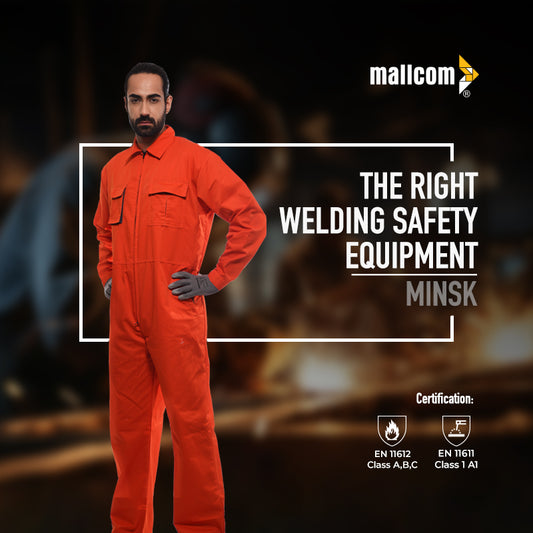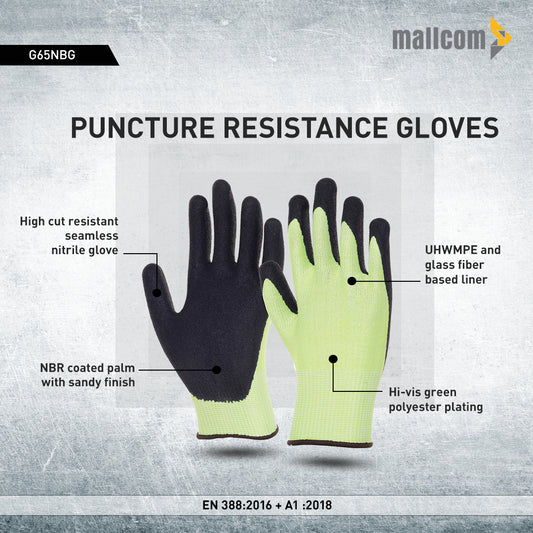The world of safety is a dynamic one. Fascinatingly, within the dynamic realm of PPE safety, European Standards (EN), derived from the German term "Europäische Norm" ("European Norm"), represent invaluable technical benchmarks meticulously curated and upheld by CEN - the European Committee for Standardization.
How do EN standards safeguard lives selflessly?
EN standards selflessly safeguard lives through their meticulous development and constant vigilance. These intricate technical blueprints, masterfully crafted by European Standards Organisations (ESOs), are the cornerstone of PPE safety. These ESOs, being non-profit entities, are dedicated champions recognized by the European Commission for their unparalleled competence in shaping these standards. They forge the bedrock of European Standards with fluency and precision. They undergo rigorous testing and scrutiny to address specific risks, thereby enhancing safety across the continent. In this way, these standards act as selfless guardians, providing a robust framework that protects lives, bolsters safety, and promotes well-being in a diverse range of workplaces and environments.
CE Certification: Broad Spectrum of Safety
CE-certified safety products play a pivotal role in enhancing the safety of workers across a broad spectrum of industries.EN standards are developed by experts in the field and are regularly updated to reflect the latest advances in safety technology. Products that complies EN standards can obtain CE Certificates, Products that are CE-certified come with this reassurance that validates these latest advancements that gives workers confidence. They can feel a sense of security in the knowledge that the products they are using are safe and reliable.
How does CE Certification impact different sectors?
CE-certified safety products play a vital role in safeguarding workers across diverse industries. Safety bump caps, helmets, eyewear, work wear and shoes having CE certifications become the norm across industries. From aerospace and automotive to healthcare and textiles, CE Certification ensures that safety gear meets rigorous European standards, addressing sector-specific risks and hazards. This commitment to safety not only fosters secure work environments but also bolsters the well-being of employees in various fields, making CE-certified products an indispensable element of workplace safety.Let’s now look at some of these sectors where EN standards play a key role in looking after workplace safety.
Aerospace: EN Assurance of Safety in the Air
In the aerospace industry, where safety in the air is paramount, EN-certified safety equipment provides essential protection for workers involved in aircraft maintenance and manufacturing.EN 812:1997 + A1:2001 certified Sapphire G is lightweight so it’s a great fit for workers in aviation. Although it has a short peak, it packs solid impact resistance that protects without weighing down the worker.
CE certification guarantees defence against risks like exposure to chemicals. This is embodied by Paris, a dependable flame-retardant coverall that provides excellent protection against abrasive chemicals and fire. EN 388:2003 certified P313G is a Seamless Nylon Liner Coated Glove that serves this very purpose to keep aviation workers in safe hands.
Automotive: EN Assurance Drives Safety
In the automotive sector, CE Assurance plays a pivotal role in driving safety for workers involved in vehicle assembly and maintenance. This comprehensive assurance guarantees protection against a range of hazards, including chemicals, welding sparks, and heavy machinery, ensuring the well-being of automotive industry workers. The EN 388:2016+A1:2018 certified H33NBG by Mallcom is a nitrile coated grey coloured safety gloves tailor-made for the automotive sector. It has a polyester shell coated with Nitrile. This makes it ideal for handling sharp automobile parts since it has a Level 5 Cut Resistance.
It’s equally important that hands-on safety touches your feet. EN ISO 20345:2011 certified NEOFELIS is a low ankle leather safety shoe made for all major floor work in the automotive sector that’s frequent in the automotive sector. The competence of such products come from the EN certification since they are expected to meet certain quality standards.
EN Serves Civil Duty: Safeguarding Construction Workers
Construction sites often brim with hazards. Hence, visibility is important to stay ahead of challenges and call for help in emergencies or to get seen when one is in imminent danger. EN 20471-certified Proclo’s range of high-visibility workwear comes with reflective piping that serves this very purpose.
CE-certified gear, aligned with stringent European standards, fulfils a civil duty by protecting workers from falls, impacts, and respiratory hazards, ensuring a secure work environment.
When it comes to mitigating such challenges, head comes first. The EN 397:2012 certified Diamond IV is a solid HDPE safety helmet that offers the comfort of wearing apart from staying risk-free. It has a reassuring inner foam padding that prevents distractions at work pertaining to danger that may befall any second.
Our feet are the foundation that allows us to work in construction sites. EN ISO 20345:2011 certified Highlander is a high ankle leather boot that meets the EN safety standards that guarantee protection from such unforeseen hazardous events.
EN Sets Sharp Standards of Safety
EN-certified equipment shields machine operators and maintenance workers from moving parts, noise, and various mechanical hazards. These stringent standards guarantee consistent protection against sharp object accidents.
In the world of workplace safety, EN standards quietly stand as reliable protectors. CE certification offers workers confidence in the products they use, ensuring safety across various industries. From aerospace to automotive and construction, EN standards play a crucial role, setting benchmarks that protect against specific risks. As the safety landscape evolves, these standards remain steadfast, fostering secure environments and championing the well-being of workers - a quiet commitment to safety and excellence that continues to make a difference.







